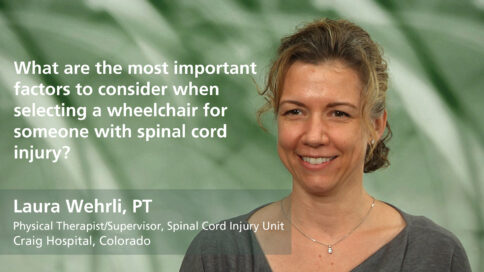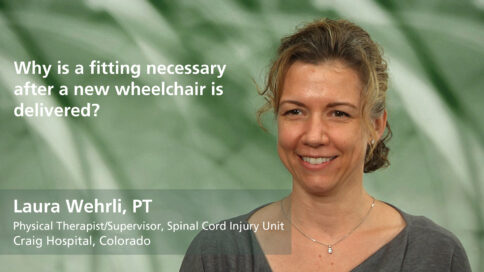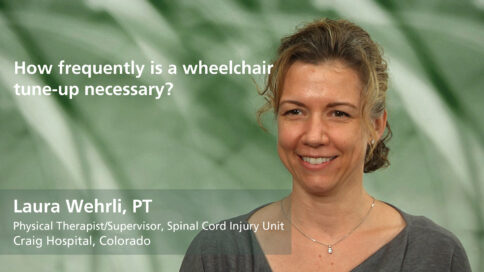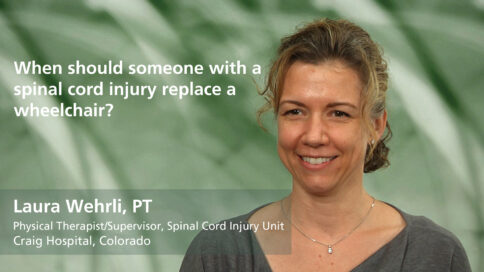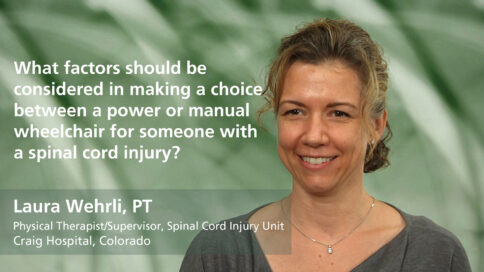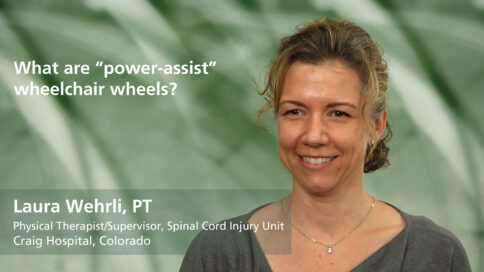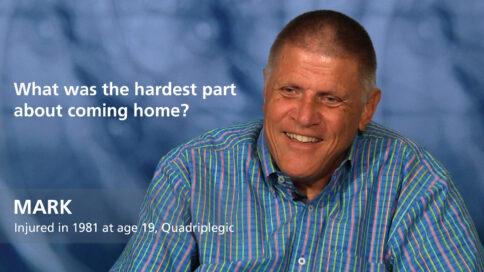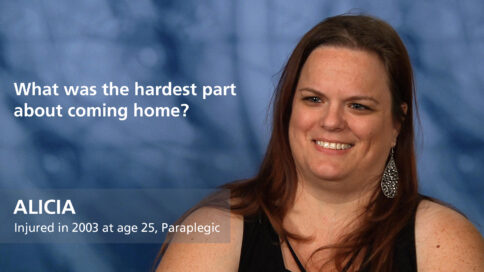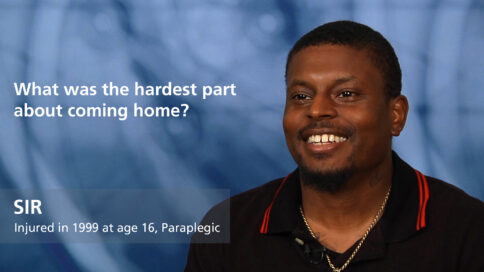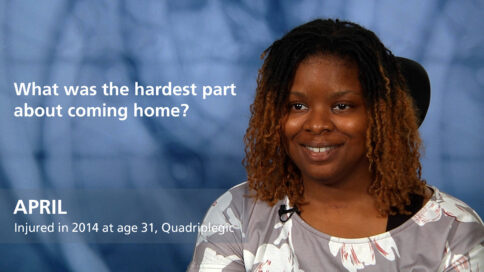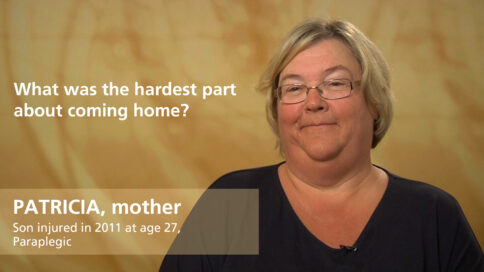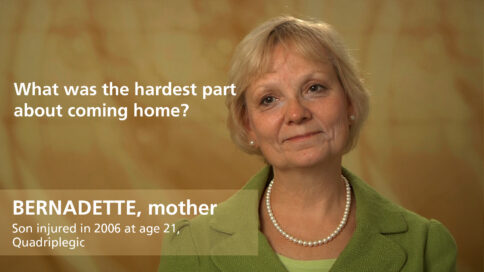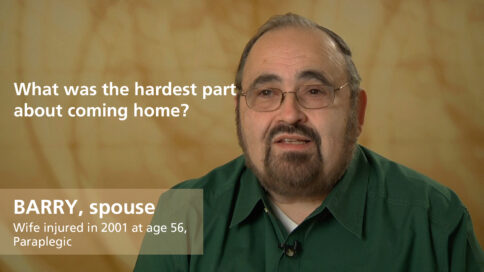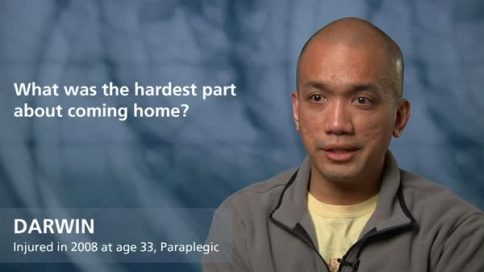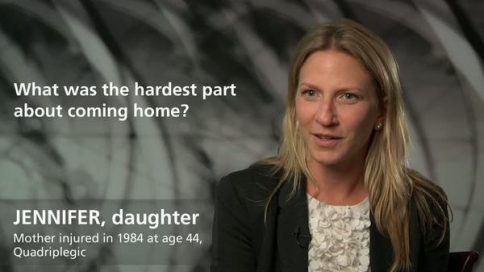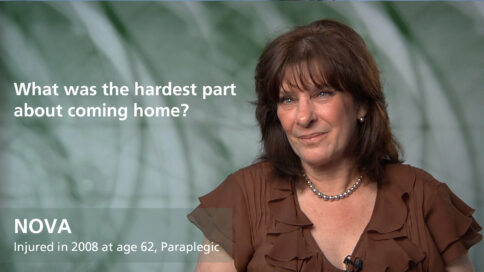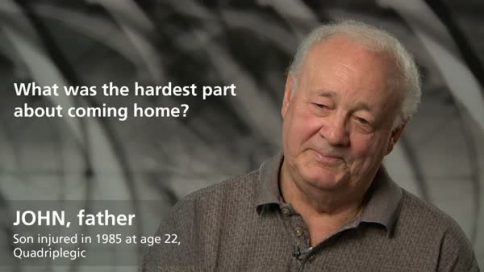What are the most important factors in helping someone with spinal cord injury get a proper wheelchair? - Elaine Rogers, PT
|
|
What are the most important factors in helping someone with spinal cord injury get a proper wheelchair? |
|
Elaine Rogers, PTPhysical Therapist, VA Puget Sound Health Care System, Seattle |
||
| Read Bio | More Videos by Elaine Rogers | |
|
Share |
||
Transcript
The most crucial factors are to listen to the user of the wheelchair and to understand how and where they’re using the wheelchair, because I can prescribe a very wonderful wheelchair for someone and if it doesn’t fit through their doorways, it’s no use to them. If it doesn’t work on road surfaces, such if they live in Alaska and have very rural conditions, then you need a different type of wheelchair than somebody who’s on the city streets of New York might need. So those are the really crucial factors—is listening to the client and what they’re doing with their wheelchair. But also, watching the client, watching how they’re moving in their wheelchair and understanding how they’re moving their bodies so you can match the wheelchair to allow them to do that. If I do some seating in a wheelchair to improve somebody’s postural support and I over-support them, I can take away function. I could make it so that maybe they can’t dress in their wheelchair anymore, or they can’t do the things they need to do. Or I can do a good prescription to enhance those things and understand the user and the user’s environment.
Show Less|
|
||
add
What are the most important factors in helping someone with spinal cord injury get a proper wheelchair? |
||
Elaine Rogers, PTPhysical Therapist, VA Puget Sound Health Care System, Seattle |
More Videos by Elaine Rogers | |
| Transcriptadd | share | |
The most crucial factors are to listen to the user of the wheelchair and to understand how and where they’re using the wheelchair, because I can prescribe a very wonderful wheelchair for someone and if it doesn’t fit through their doorways, it’s no use to them. If it doesn’t work on road surfaces, such if they live in Alaska and have very rural conditions, then you need a different type of wheelchair than somebody who’s on the city streets of New York might need. So those are the really crucial factors—is listening to the client and what they’re doing with their wheelchair. But also, watching the client, watching how they’re moving in their wheelchair and understanding how they’re moving their bodies so you can match the wheelchair to allow them to do that. If I do some seating in a wheelchair to improve somebody’s postural support and I over-support them, I can take away function. I could make it so that maybe they can’t dress in their wheelchair anymore, or they can’t do the things they need to do. Or I can do a good prescription to enhance those things and understand the user and the user’s environment.
